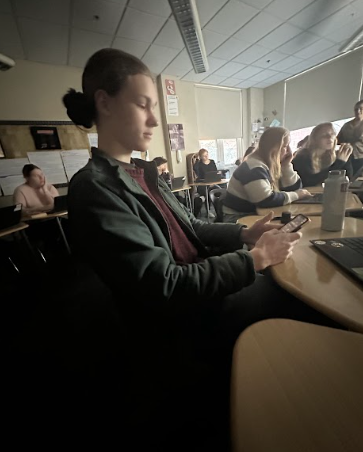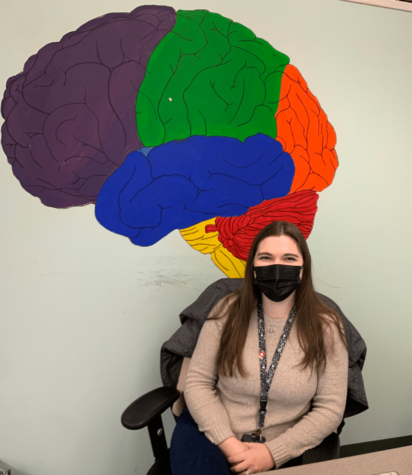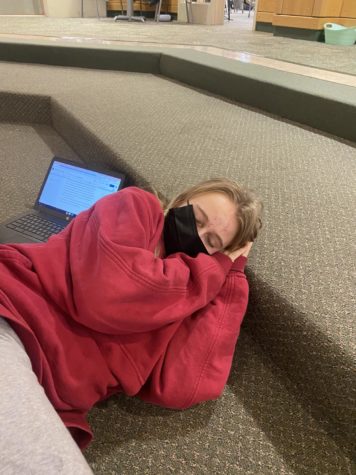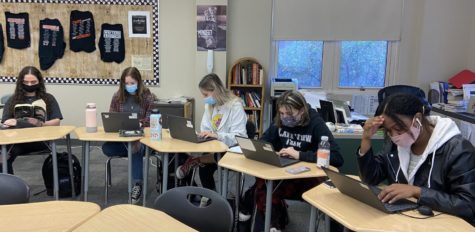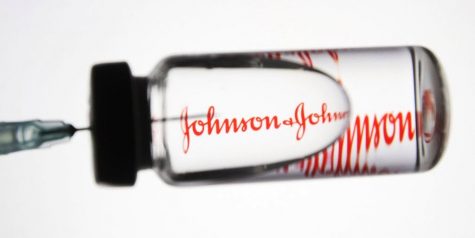The Vaccine: A New Hope
January 29, 2021
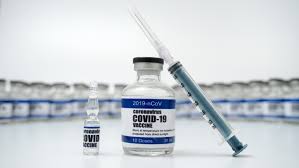
When the United States was initially hit with the Covid-19 virus during March the Government exerted all of its energy toward discovering a quick solution which led to the creation of Operation Warp Speed (OWS). The OWS, launched by the US is used to accelerate and facilitate the creation of the Covid-19 vaccine by investing in countermeasure development. Due to the launch of OWS, multiple vaccines have been developed; the most common being Moderna, Pfizer, and AstraZeneca. Although a vaccine has been created, there are still many milestones to complete before the world will return back to normal.
The average time it takes to create a vaccine is around seven to ten years; the Covid vaccine was created in one. Although the vaccine was quickly produced, the science behind its origin reaches back decades. According to scientists, there are hundreds of different strains of the coronavirus; some we have already faced, like SARS back in 2002 and the MERS in 2012. Due to this, the creation of a new vaccine has been much more manageable for scientists by applying old research from previously generated vaccines. The new vaccine handles mRNA technology which without inducing disease sickness provides the body with instructions to generate copies of the protein found on the surface of the virus. Then the immune system learns to recognize it and to produce antibodies against it. When asked about the effectiveness of the vaccine Ms. Barclay stated that, “There are always uncertainties, but vaccines have a very strong record of helping large populations against deadly viruses.” Even though the vaccine was quickly formulated, it was still approved and on December 11th the first emergency use authorization was granted by the FDA for the Pfizer vaccine, which enables the vaccine to be distributed nationally.
After the FDA granted permission, the US spared no time, ordering over 400 million doses of the vaccine. The CDC has granted each state permission to create its own vaccine distribution timeline; however, the CDC ensures that first responders and healthcare workers will receive the initial first dose. As the first doses are being administered, more and more Americans are becoming skeptical about the long term effects the vaccine will bring. We interviewed three people and asked them if they plan on receiving the vaccine. Two out of the three stated that they plan on getting it as soon as possible while one student, Angelina F., expressed that she is “concerned about the long term effects of the vaccine considering it is so new.”
With permission from the CDC, Massachusetts has formed its own COVID-19 vaccination program to administer the doses. The program includes three phases, the first being for high priority individuals and lasting from December to February. The second phase will go from February to March and will be distributed to less essential workers like grocery, court system, and transportation workers. Phase three will proceed in April and will be given to the general public. When we asked Ms. Barclay if she thought the Massachusetts phase plan was a good idea, she “applauds Governor Baker” because “not every state has valued these populations.” So far there have been 285,050 doses delivered to the state and there are still more to come.
With the cases still rising rapidly, the creation of a vaccine is giving new hope to people all across the world. Even with the vaccine being distributed we have to remember this isn’t a quick process. We need to stay vigilant in following set protocols like wearing a mask and staying socially distant in order for the pandemic to dial down and the vaccination to set in.

